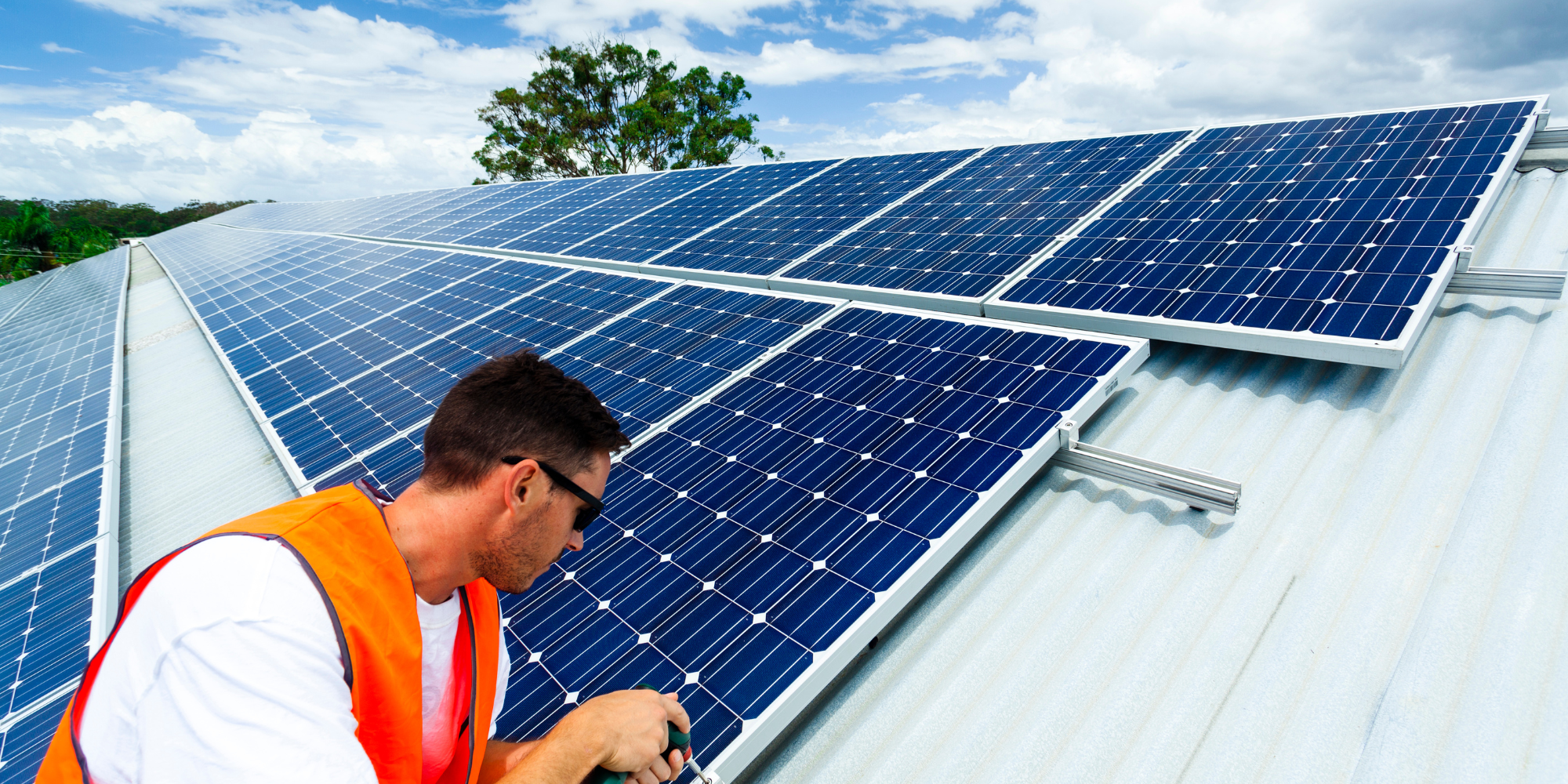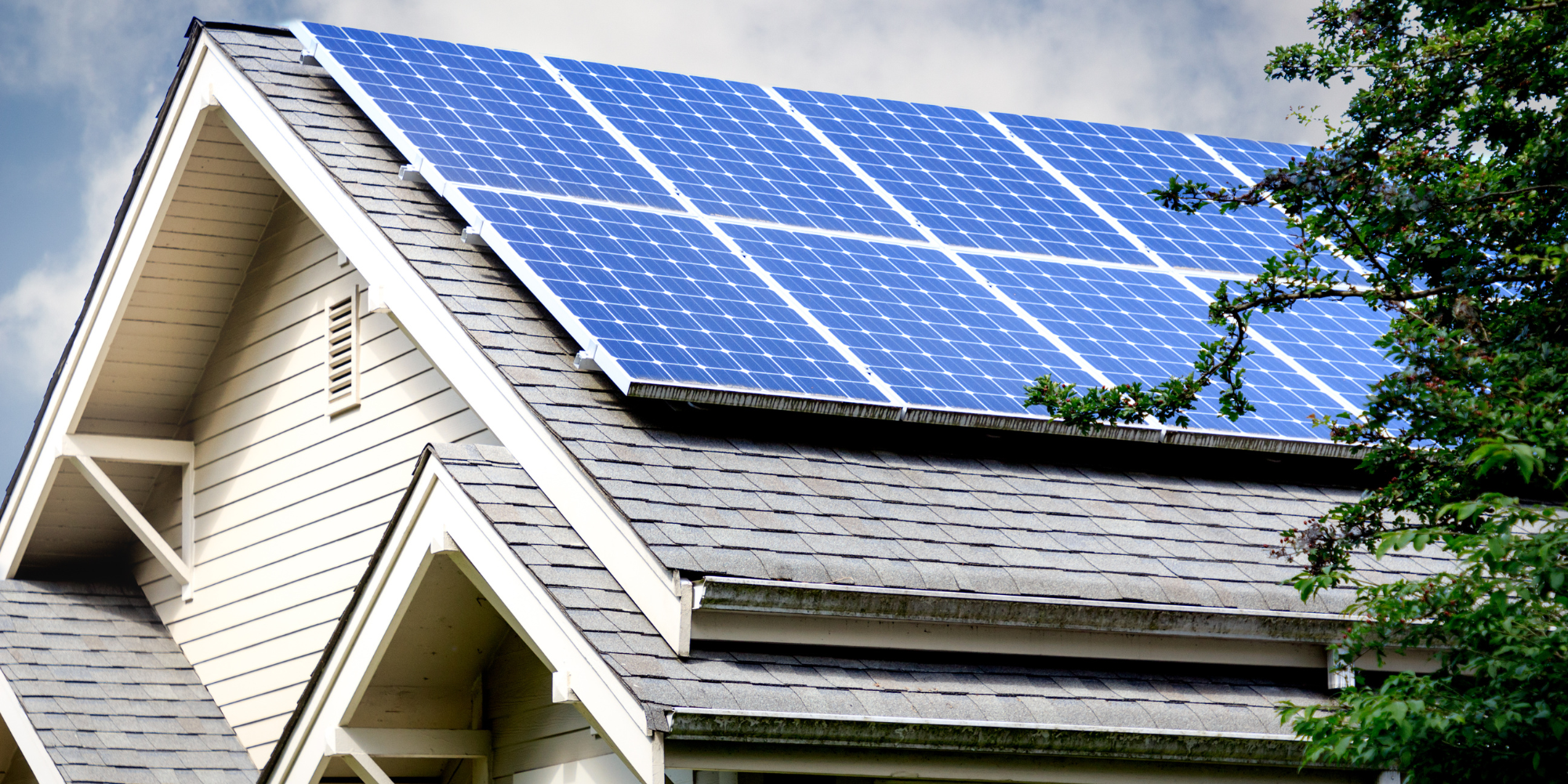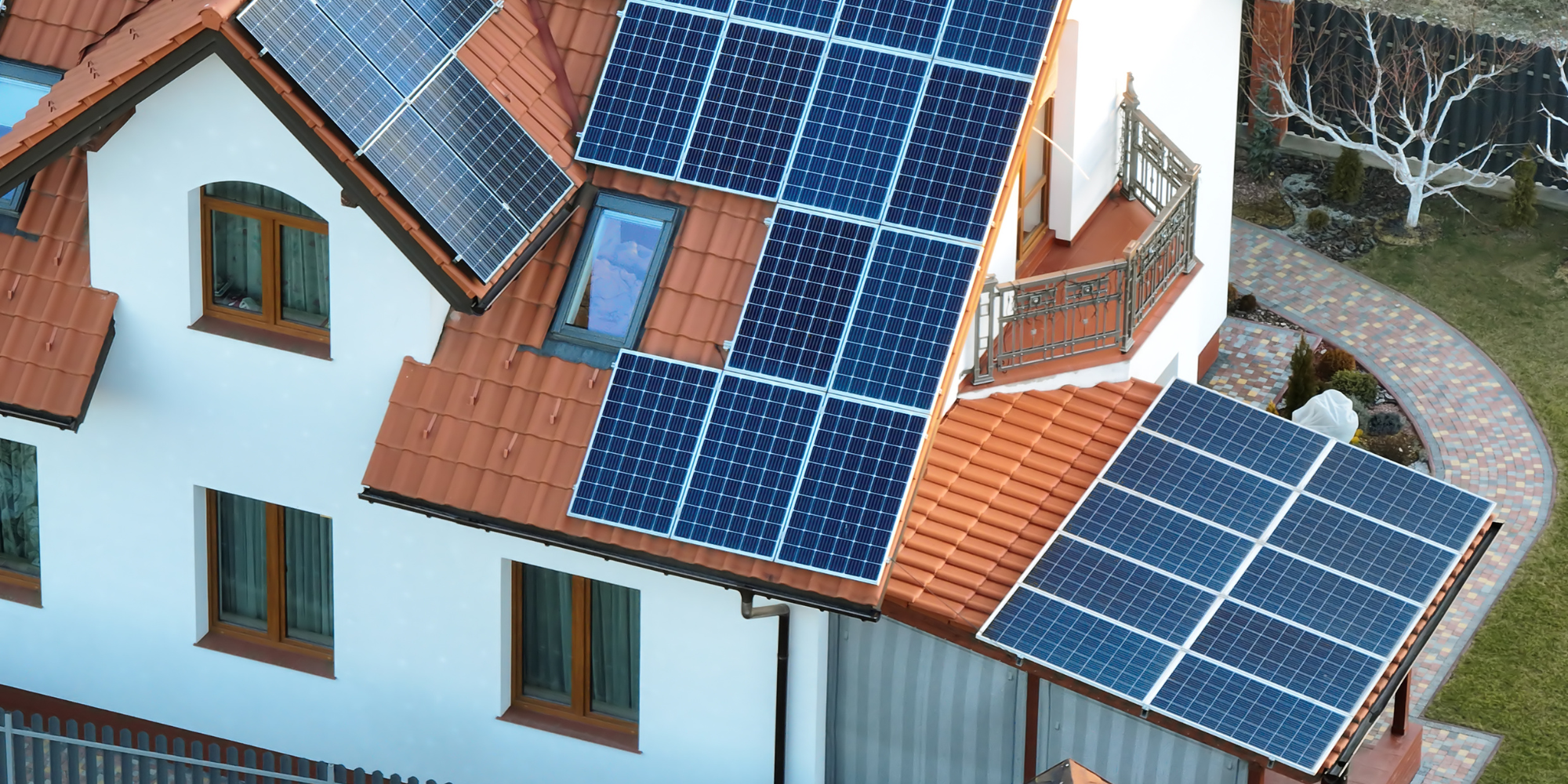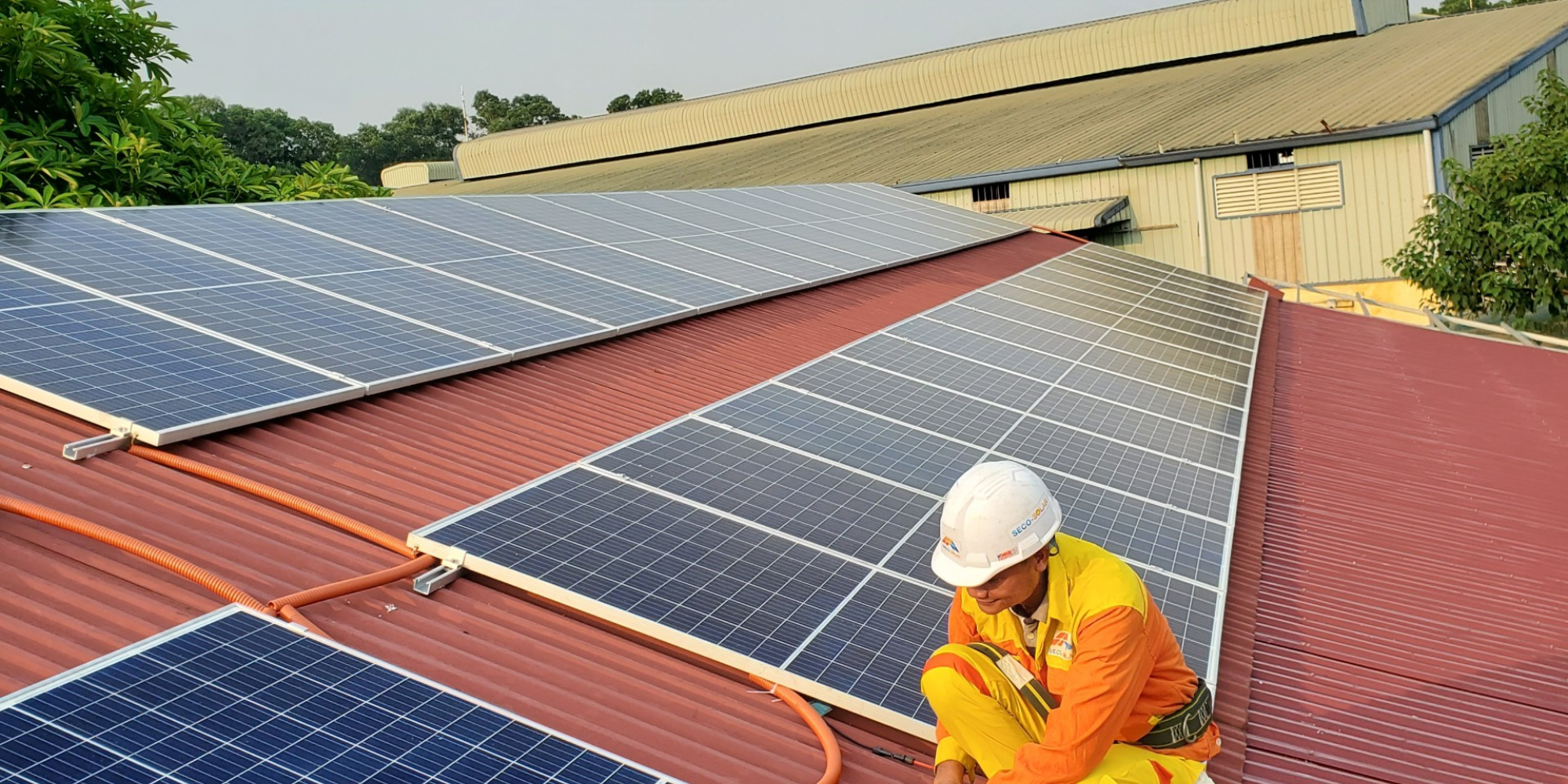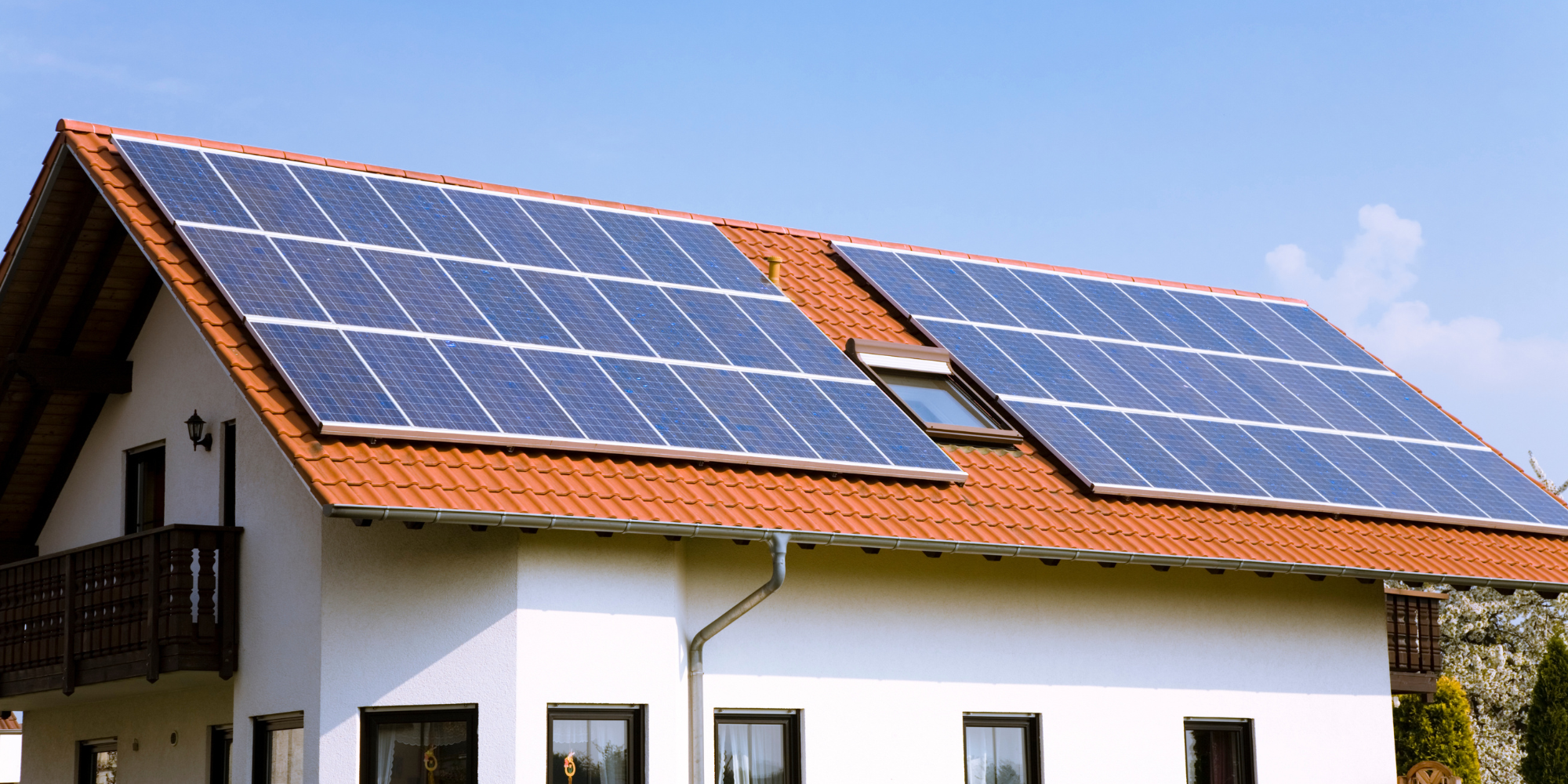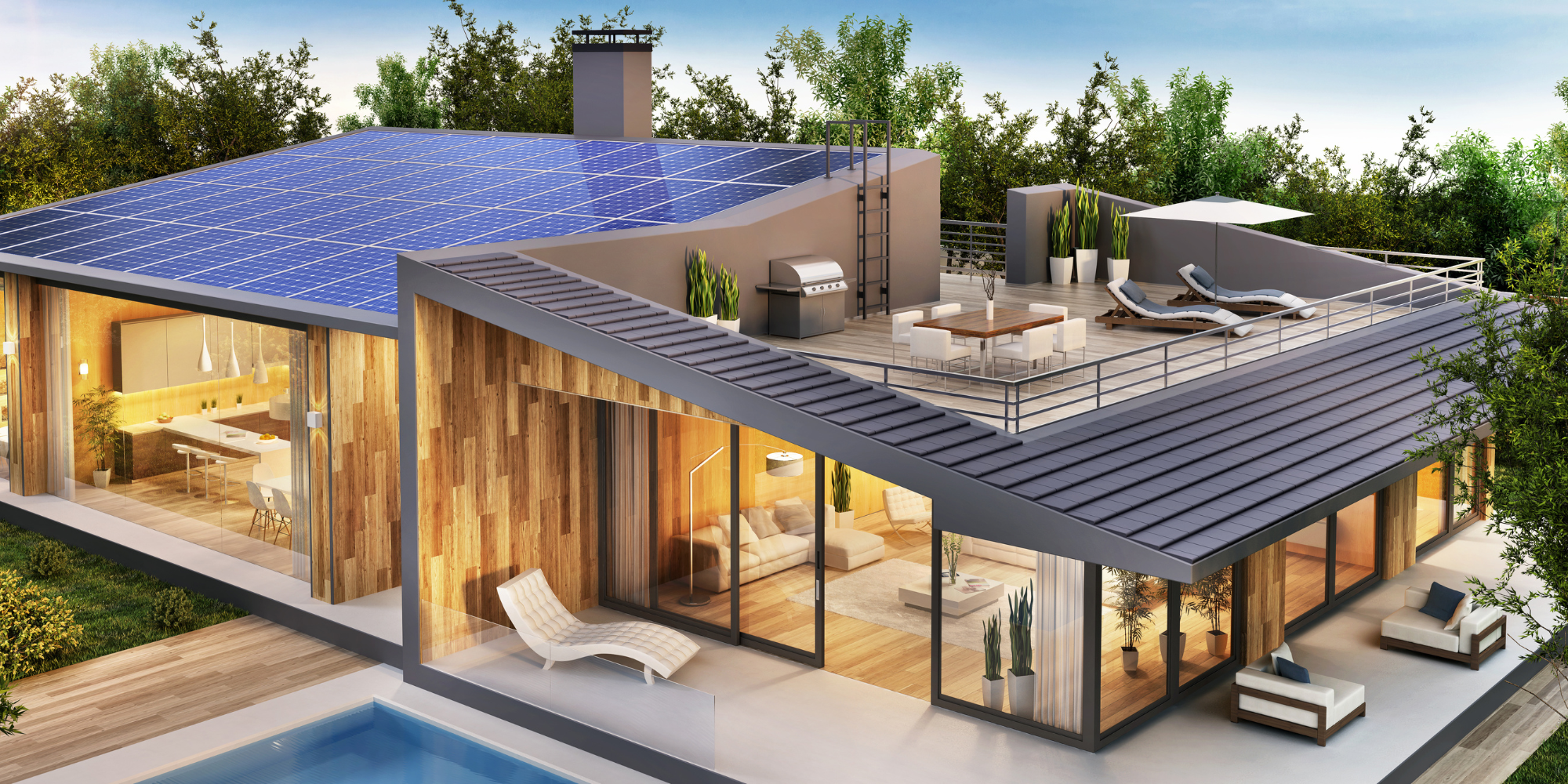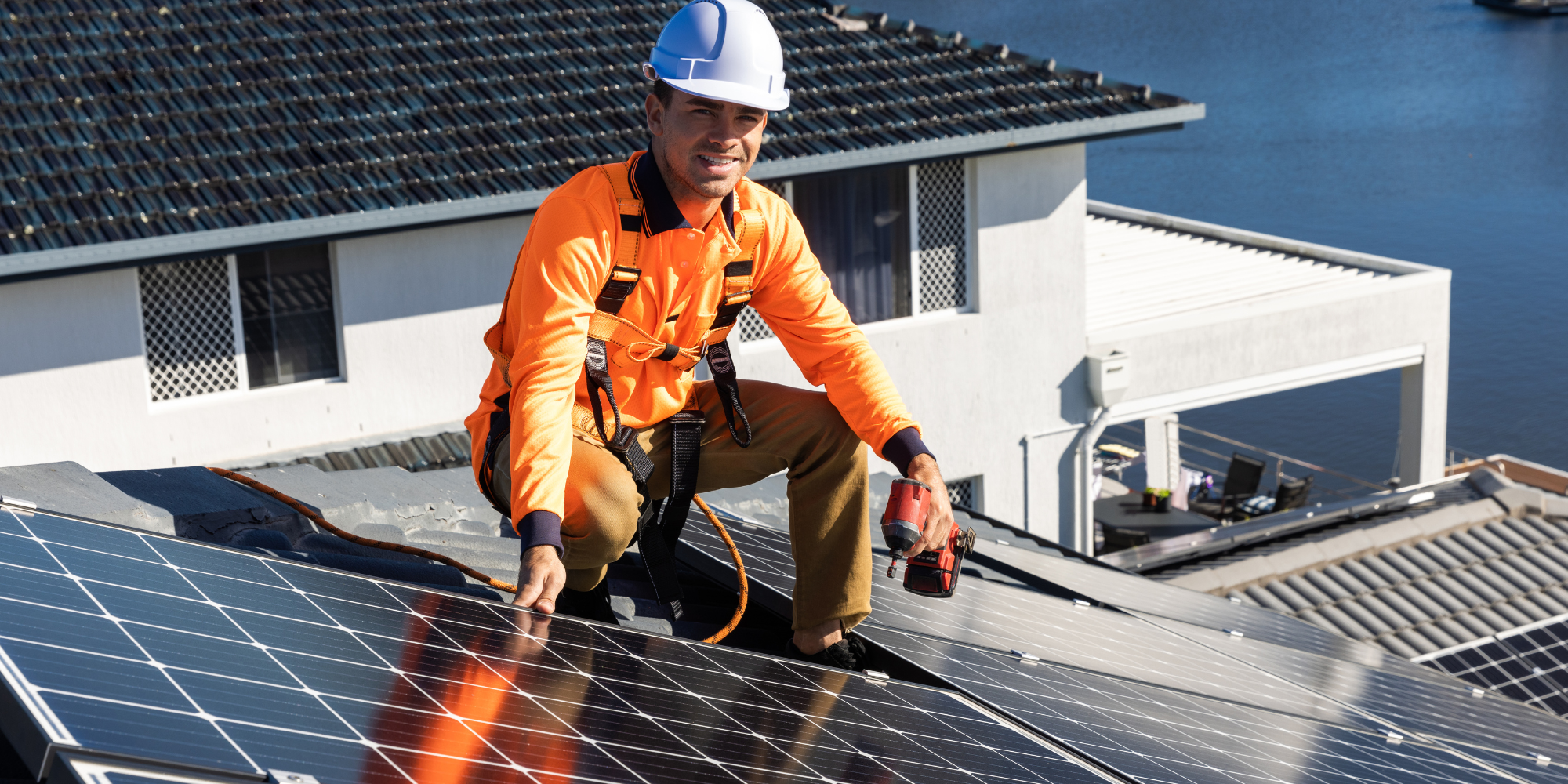Government incentives
The Ministry of New and Renewable Energy (MNRE) in India offers several incentives for rooftop solar power plants to encourage their adoption and help meet the country's renewable energy targets. Here are some of the incentives provided by MNRE for rooftop solar power plants. MNRE provides a capital subsidy of up to 40% of the benchmark cost for residential and institutional solar rooftop projects with a capacity of up to 3 kW. For projects with a capacity of more than 3 kW and up to 10 kW, the subsidy is up to 20% of the benchmark cost. Apart from Central Government incentive the state governments are also providing additional incentives.
We are committed to providing high-quality rooftop grid-connected solar power plant solutions to our customers. Our team of experts will work with you to design, install, and maintain a solar power plant that meets your unique needs and requirements. We use only the highest quality materials and equipment, and we provide excellent customer service and support.
If you're interested in learning more about our rooftop grid-connected solar power plant or if you have any questions, please don't hesitate to contact us. We would be happy to provide you with a free consultation and estimate. Let us help you take the first step towards a more sustainable and cost-effective future!
Contact us for free energy audit and analysis of your buildings
